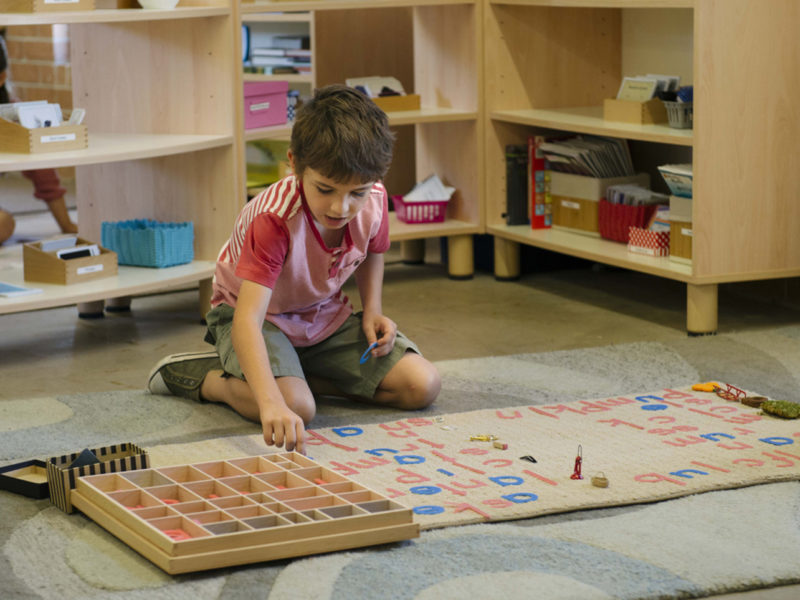In 2021 ABS data showed that enrolments to independent schools rose by 3.6 per cent in 2021. This is one of the strongest years of growth since 2007 (You can read more here)
Whilst a growing slice of the public seem to want an independent education for their children we all know that marketing for schools can be a pretty challenging task due to the fact that parents and students have such a diverse range of options and in many localities competition between independent schools is tough.
Add to this external competition schools themselves are complex organisations and it can be easy to let this complexity damage your marketing and your brand before you even get your messaging into the market.
Everyone from staff to students are constantly interacting with the brand, and it’s not just about the visual identity, but the overall experience. This is where word of mouth and the schools reputation is made and likely out of the reach of the school marketing team. For the potential new students and their parents however they experience the brand very differently and this is where school marketers can make a real impact.
These parents and students come in all shapes and sizes, some are young parents looking for a school for their newborn, some are high schoolers moving to a new school or even a new town. For parents choosing independent schools, academic outcomes were the main driver of school choice, followed by the school’s religious values. (AIFS.gov.au).
But with so many different groups to market to (especially in a k-12 organisation) school marketing can easily become messy. That’s why it’s important to have a consistent brand framework that builds a platform capable of diverse messaging for all these different groups. It’s not easy, but it’s worth it.
Most schools have settled on a solid brand identify and the necessary guidelines (as discussed here by DigiStorm) but one big pit fall that schools often fall into is that these guidelines are simply too narrow. If a brand can’t be easily used across a wide range of applications, different people within the school will start to take matters into their own hands. They’ll introduce new colours, fonts, and other elements without thinking about how it fits into the overall brand. While this is usually well-intentioned, it can lead to a visually inconsistent brand and confused messaging.
To avoid this, it’s important to develop a comprehensive set of design elements not just strict guidelines for the brand. If your brand framework only includes a logo, a few colours, and a couple of fonts, your marketing team won’t be able to create the wide range of branded assets that the school needs. Sure, they’ll be consistent, but with such a limited set of options, it will be hard to grab and hold anyone’s attention.
This will put marketers (and their designers) under pressure to take matters into their own hands as mentioned previously.
As an example we’d suggest that these guidelines for St Paul’s Girls School in Hammersmith London (as concise as they are) don’t go far enough to assist a modern marketing effort. Currently the styleguide clearly defines the use of the logo and documents colours and typefaces but gives little to no guidance at all to social media, email marketing or any other digital marketing outputs. There are also no guidelines for any printed marketing material – brochures, prospectus, print based advertisement etc. The website https://spgs.org/ is well designed but even though the fonts, logos and colours comply with the guidelines it seems of a different quality/essence than the brand outlined in the guide. This inconsistent execution already creates some confusion.Why is the website so cutting edge (sideways scroll is a bold choice) yet some of the documents the site links have none of that ethos at all.
Our advice?
Make sure to develop a very broad and comprehensive set of elements and guidelines for your brand. A logo, a few colors, and a couple of fonts just aren’t going to cut it. You need to have a framework that can be used across a wide range of materials and audiences if you want to make a real impact. And trust us, your marketing team will thank you for it.
You may wish to see some of the work we have done for leading schools in our area


